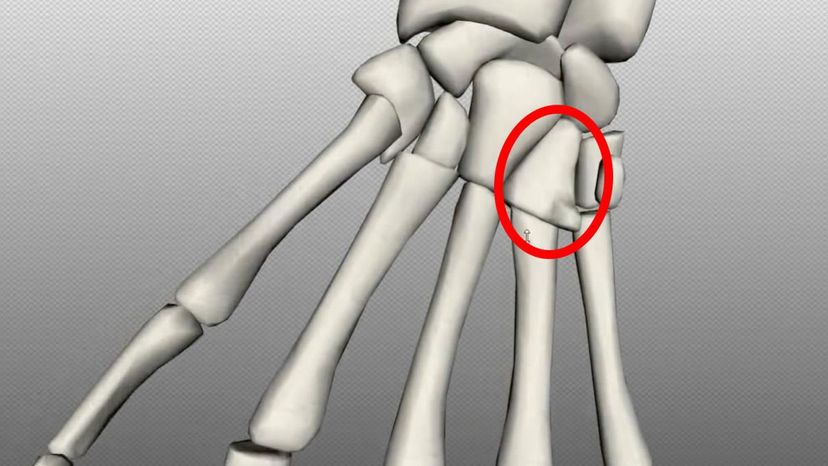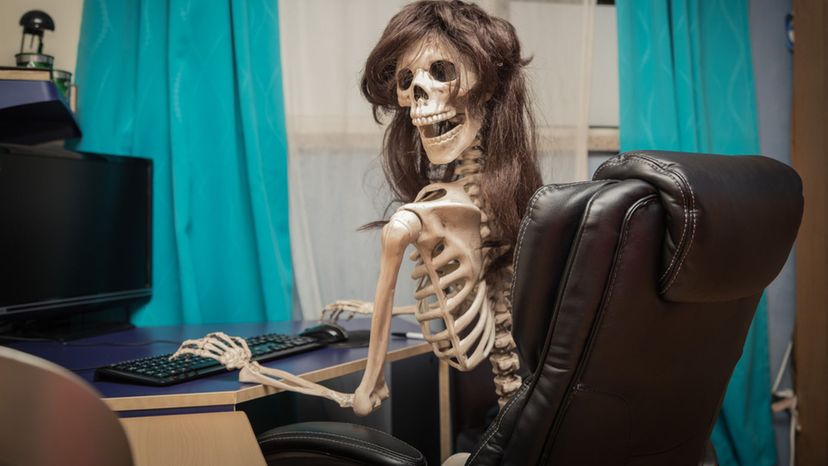
Image: Shutterstock
About This Quiz
There are 206 bones in the human body. Larger and long bones help to support the body's weight and assist in movement. Flat bones protect internal organs. And dozens of smaller bones provide protection and help with detailed movements. How many of these bones can you name from an image? Take this quiz and find out.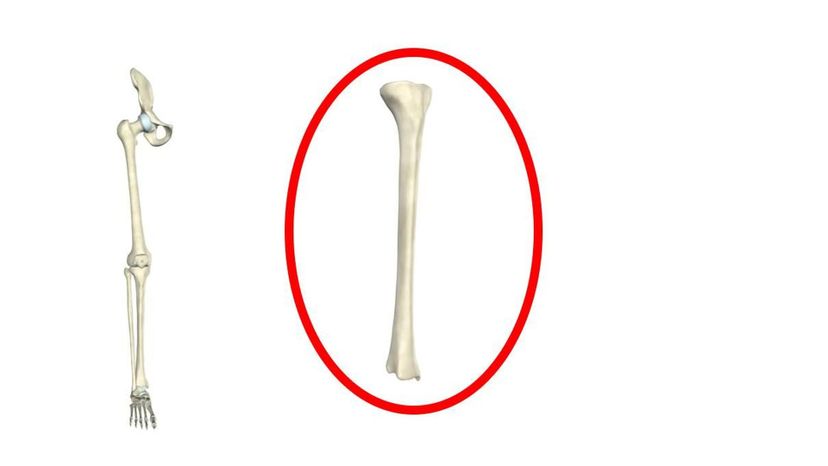
YouTube
Which bone is shown here?
Scaphoid
Lacrimal
Tibia
Did you know the tibia is the second largest bone in the human body? It makes up the lower front part of the leg, or the shin.
Metacarpal
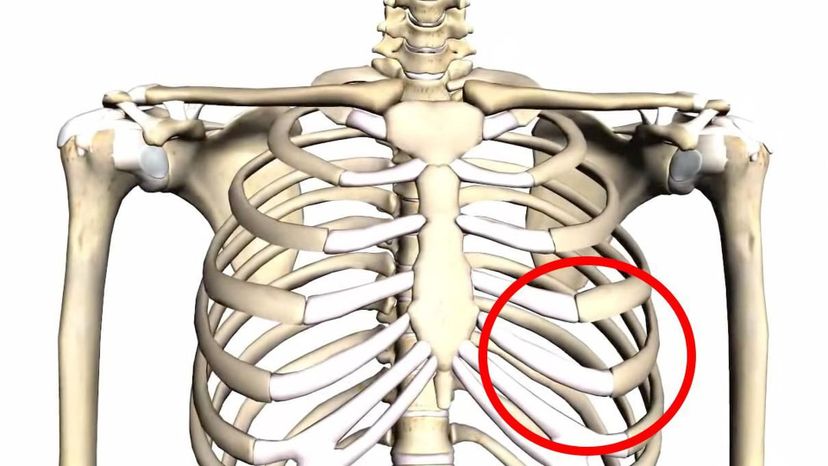
YouTube
Which bone is shown here?
Femur
Lateral Cuneiform
Patella
Ribs
Ribs are a common bone to damage since they are slender and can crack due to various reasons, such as prolonged coughing or falling off a motorcycle. If you crack a rib, be careful to not breathe too heavily, sneeze, cough and even limit laughing to ensure that the ribs do not go out of place.
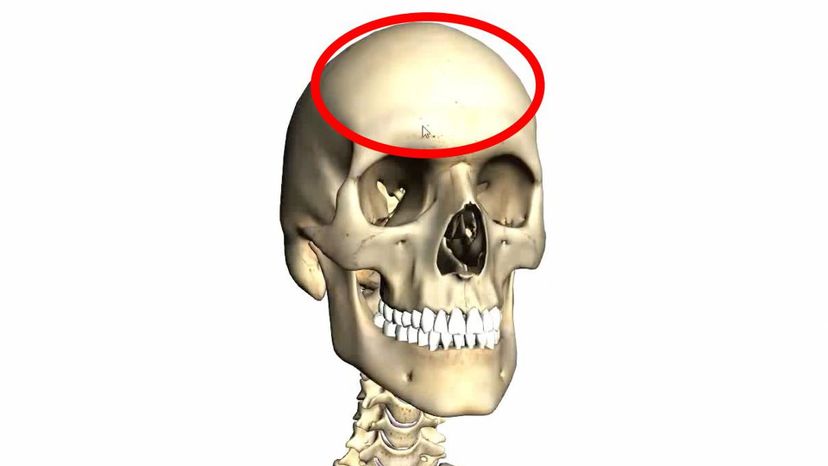
YouTube
Which bone is shown here?
Mandible
Sternum
Frontal bone
The bone that makes up the front part of the skull and above the eye sockets is called the frontal bone. Did you know that the plates of the skull do not fuse together until after infancy? This gives the brain room to grow.
Sacrum
Advertisement
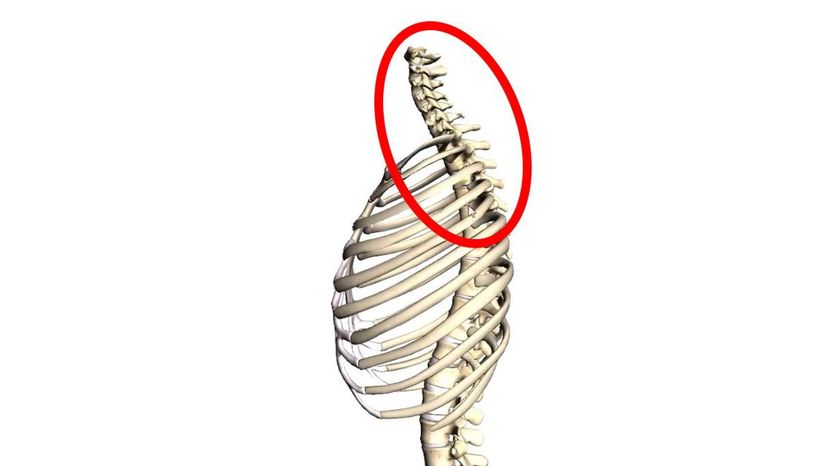
YouTube
Which bone is shown here?
Cervical vertebrae
Although these bones may be small and somewhat sensitive, they have a big job in the human body. They keep the spinal cord safe, allow the head and neck to move in various directions, and also help hold up the head.
Malleus
Incus
Stapes
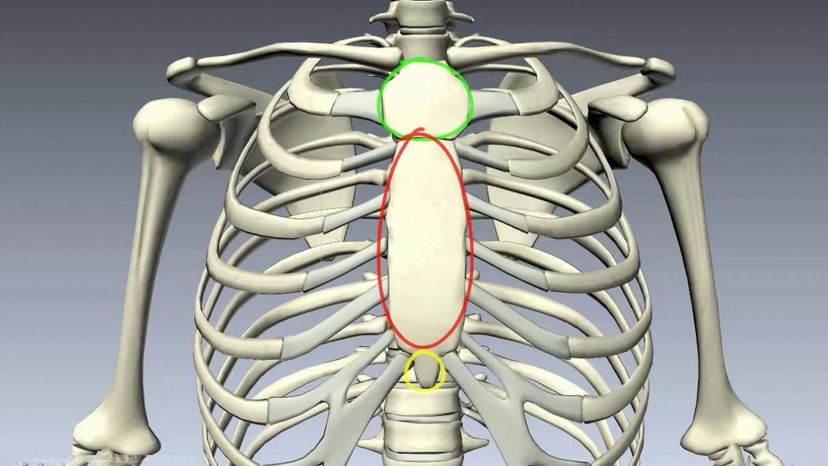
YouTube
Which bone is shown here?
Tibia
Sternum
The rib cage is stabilized or founded by the sternum. Did you know that the sternum also helps protect the heart?
Fibula
Clavicle
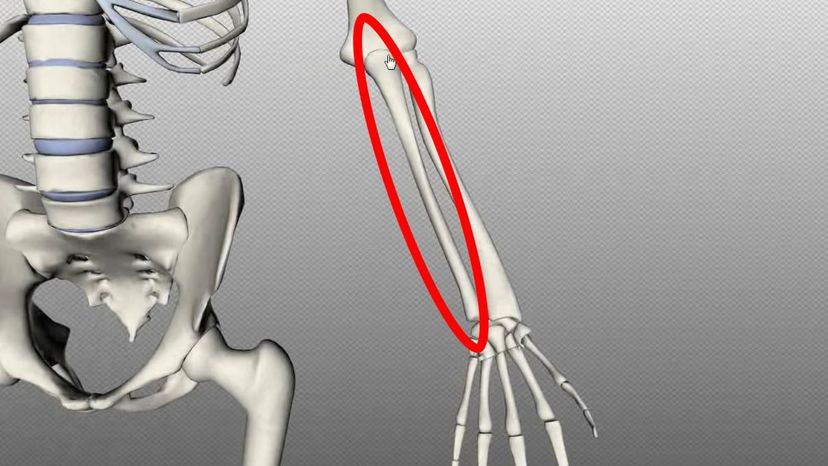
YouTube
Which bone is shown here?
Clavicle
Ulna
The ulna is a bone in the lower arm, and is attached to the wrist and elbow. The ulna is known as multiple bones when a baby is first born until after puberty. It is not until after puberty that these multiples bones form to become one ulna!
Femur
Advertisement
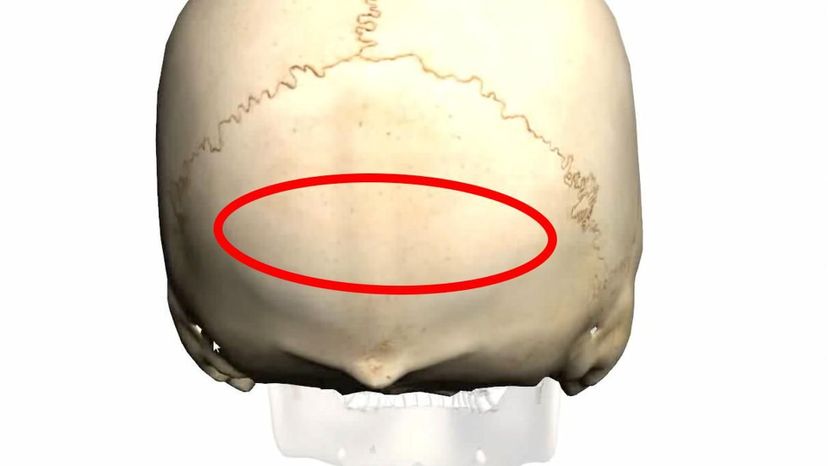
YouTube
Which bone is shown here?
Talus
Occipital bone
The occipital bone is an interestingly shaped bone that holds the head up. It also holds the back part of the brain, so it has a round shape and a hole for the spinal cord to pass through.
Fibula
Tibia
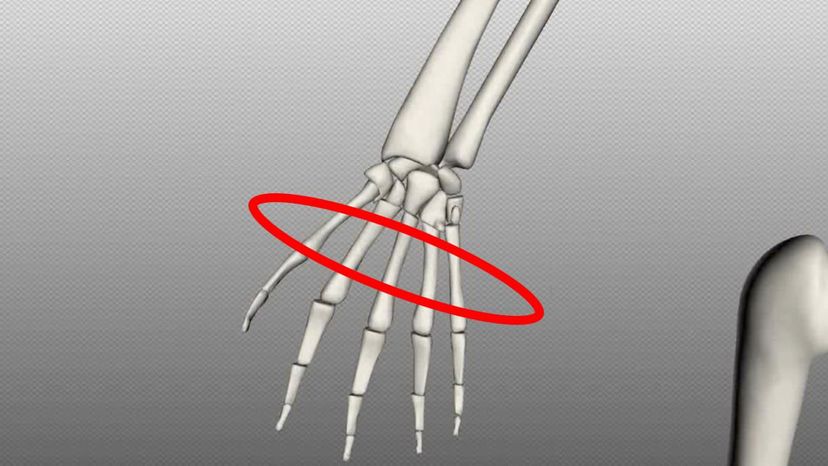
YouTube
Which bone is shown here?
Medial Cuneiform
Metatarsal
Cuboid
Metacarpal bones
Did you know there are 27 fingers in each hand? Your thumb metacarpal is named number one, pointer finger is number two, and so on.
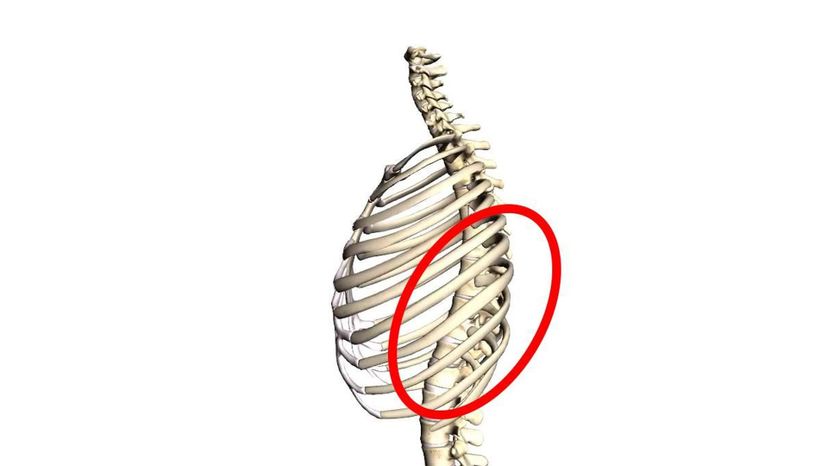
YouTube
Which bone is shown here?
Thoracic vertebrae
Where in the body is the thoracic vertebrae? It's the middle part of the spine, in conjunction with the ribs. In giraffes, the first two thoracic vertebra are shaped differently than the others, which is why they have a hump in their necks.
Radius
Ulna
Scapula
Advertisement
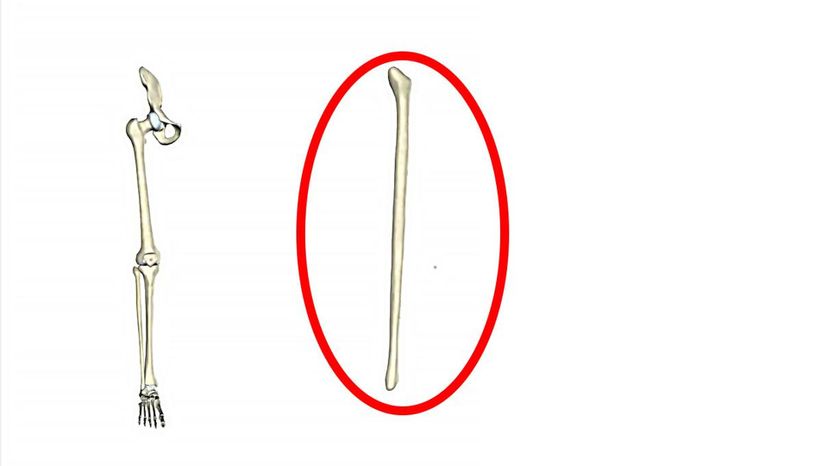
YouTube
Which bone is shown here?
Radius
Pisiform
Metacarpal
Fibula
The fibula runs side by side with the tibia bone; it's the outer bone that connects your knee to your ankle. In archaeology, a fibula is another word for a brooch or clasp.
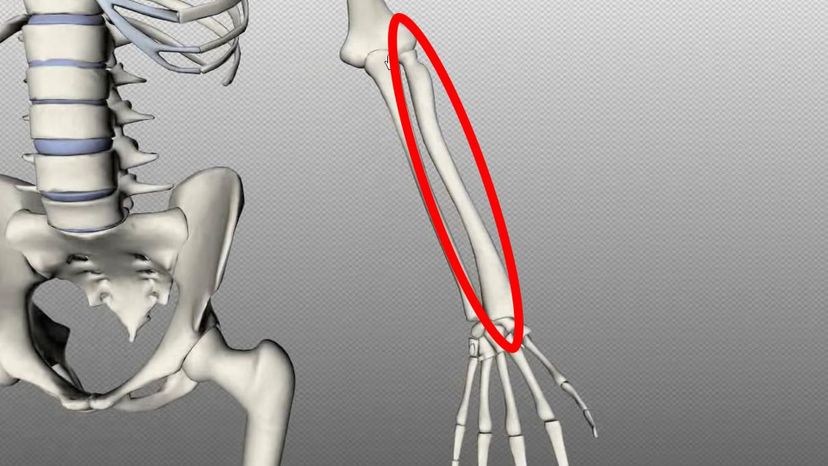
YouTube
Which bone is shown here?
Occipital
Nasal
Radius
Like the ulna, the radius goes from your elbow to your wrist. It is long and a bit larger than the ulna.
Temporal
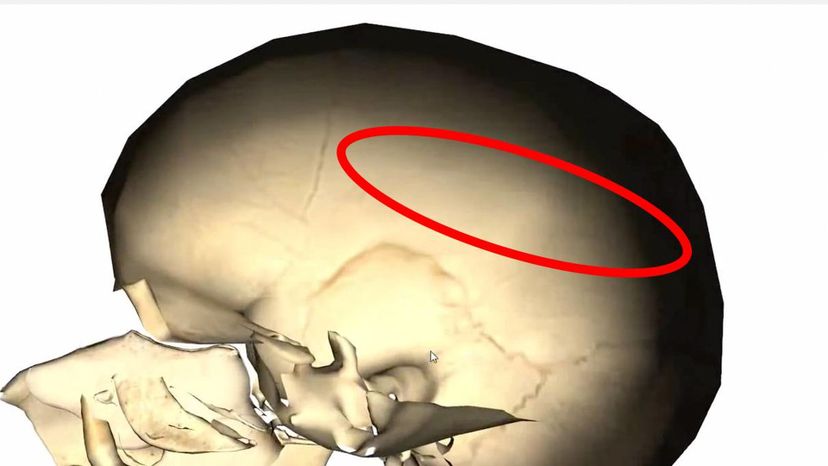
YouTube
Which bone is shown here?
Parietal bone
There are actually two parietal bones in the skull; each looks like an arched plate that protects the sides and top of the cranium. They join with the frontal bone and occipital bone to fully protect the front part of the head and brain.
Sternum
Occipital
Frontal
Advertisement
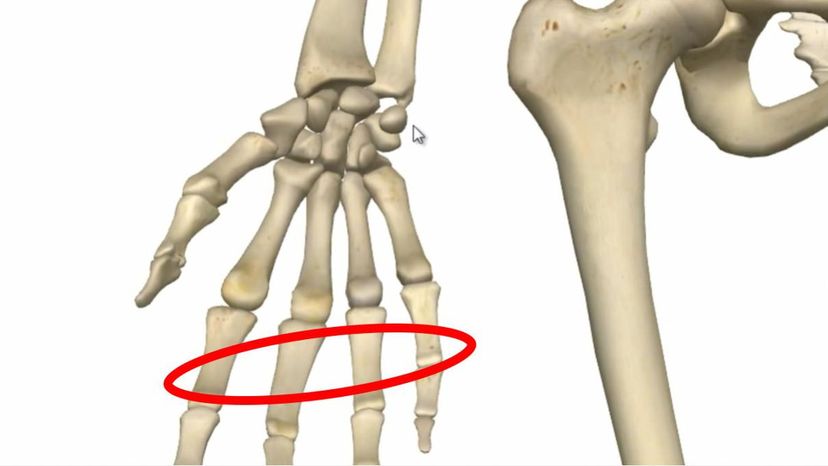
YouTube
Which bone is shown here?
Patella
Proximal phalanges
Each bone that extends from your knuckle to the first joint of each finger is called a proximal phalange bone. The bone extending from the proximal phalange is called the intermediate phalange.
Talus
Lateral Cuneiform
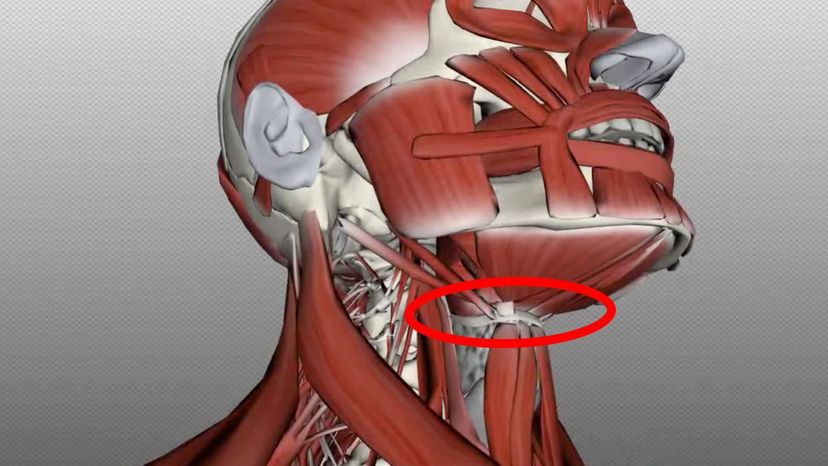
YouTube
Which bone is shown here?
Radius
Capitate
Cervical vertebrae
Hyoid bone
The hyoid bone is located underneath the chin and above the larynx. It has a shape like the letter 'u', and helps support the lower jaw bone.
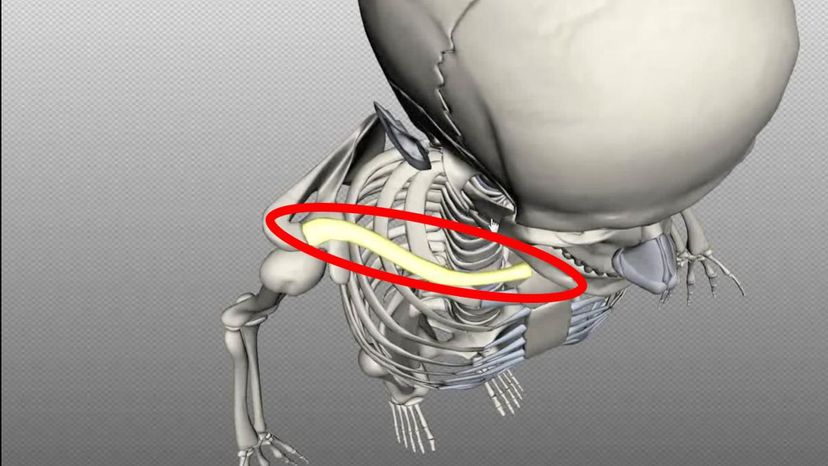
YouTube
Which bone is shown here?
Clavicle
A fractured clavicle, or broken collar bone, is an unfortunate and painful experience. Sometimes this happens to infants during childbirth, or to people who take a hard fall.
Mandible
Stapes
Temporal
Advertisement
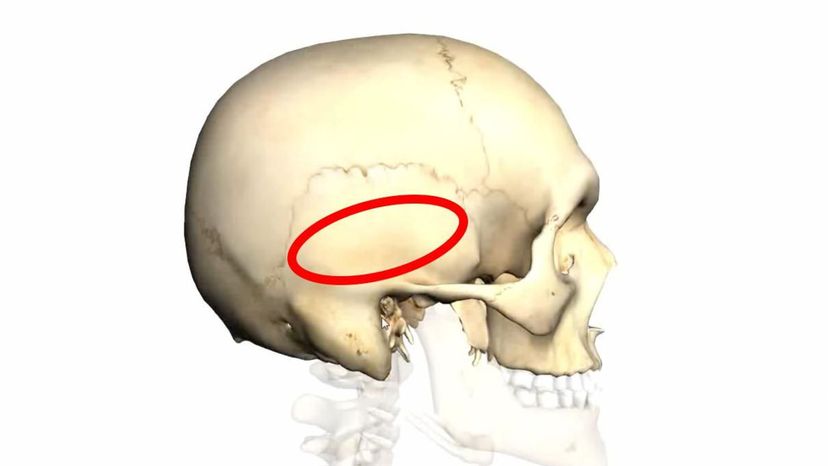
YouTube
Which bone is shown here?
Fibula
Temporal bone
At either side and at the base of the skull sit the temporal bones. This a sturdy and complex set of bones made of five parts.
Femur
Proximal Phalange
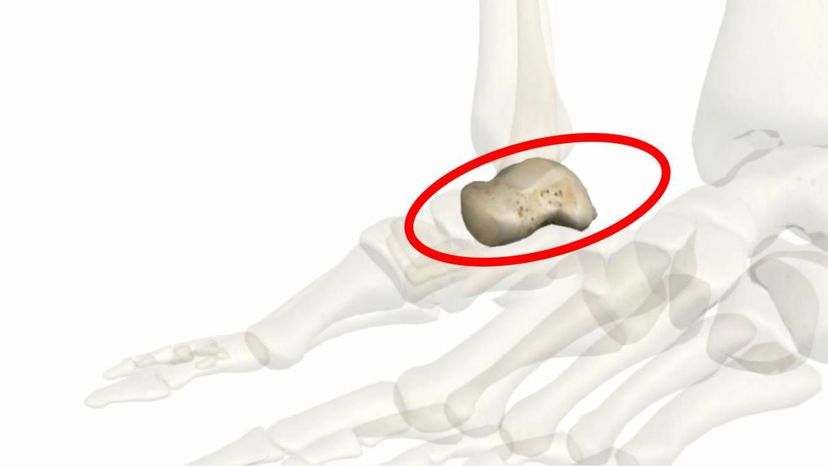
YouTube
Which bone is shown here?
Ethmoid
Distal Phalange
Talus
The tibia and fibula are connected to the talus, which connects the leg to the foot. It is known as a part of the ankle, but is not the large bump making the ankle stick out.
Scapula
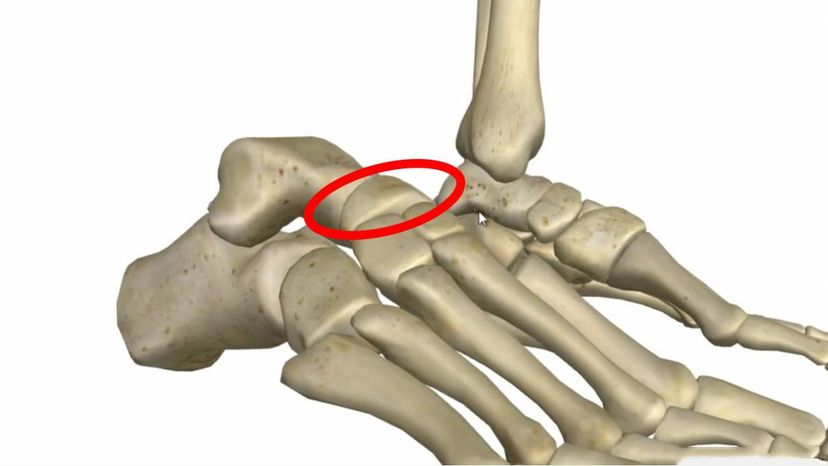
YouTube
Which bone is shown here?
Clavicle
Calcaneus
Lunate
Navicular bone
Moving down towards the toes from the talus, is the navicular bone. This bone is also located in the hand, and is known as the scaphoid.
Advertisement
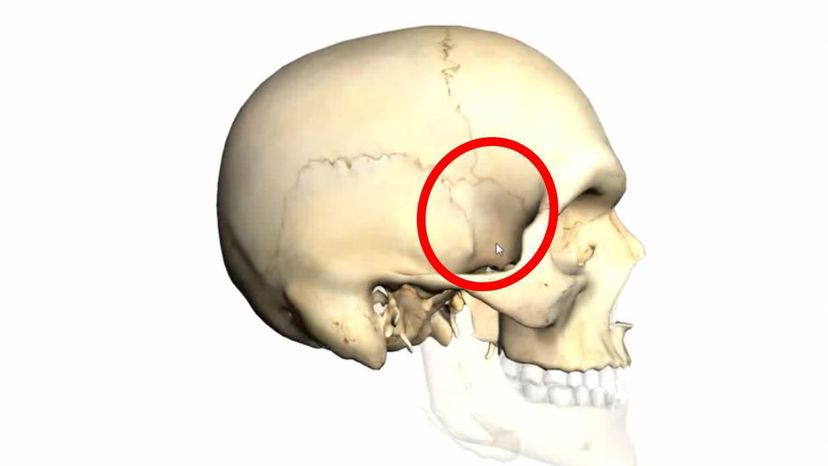
YouTube
Which bone is shown here?
Sphenoid bone
This bone is between the eye socket, frontal bone and temporal bone in the skull. It helps give structure to the eye sockets, and is an unpaired bone.
Fibula
Navicular
Patella

YouTube
Which bone is shown here?
Humerus
Pisiform
Lumbar vertebrae
Lumbar vertebrae are located below the rib cage and end at the pelvis. There are five of them in the human body.
Hamate
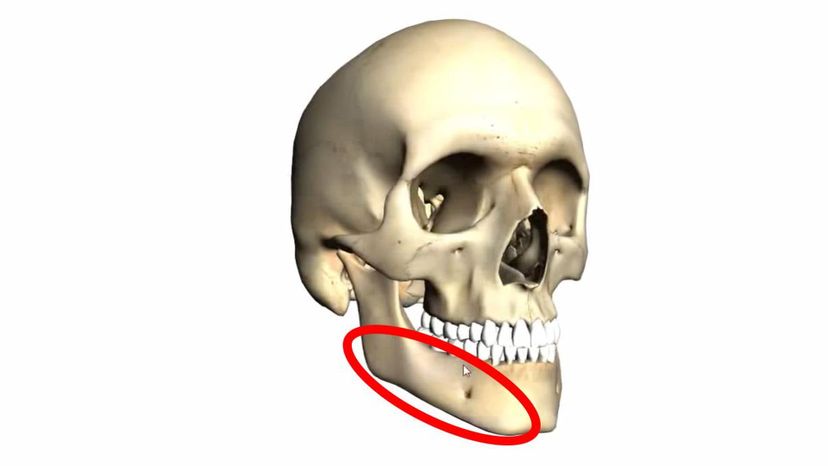
YouTube
Which bone is shown here?
Mandible
What is the largest bone in the face? The mandible. It is also the strongest, giving humans the power to chew and crunch tough or hard foods.
Lumbar Vertebrae
Sacrum
Coccyx
Advertisement
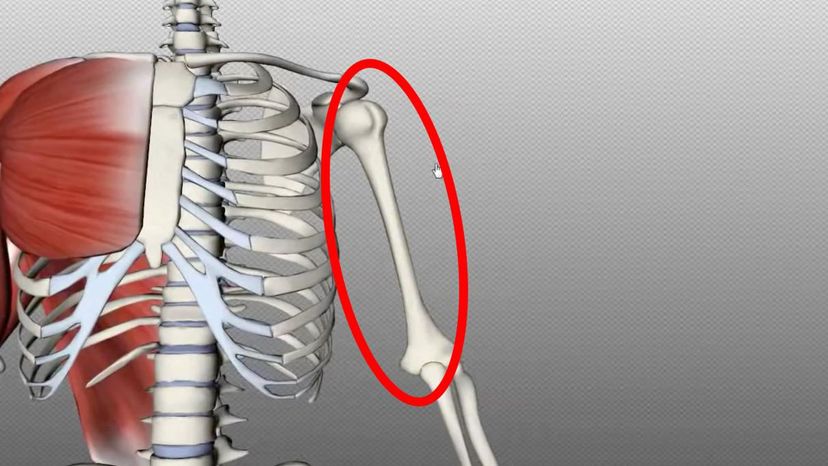
YouTube
Which bone is shown here?
Coccyx
Sphenoid
Humerus
The humerus bone connects the shoulder to the elbow. Have you ever hit your 'funny bone'? Not so funny, is it? The annoying, tingling sensation that comes when you hit your elbow is not just because of the humerus bone. The ulnar nerve is what causes the sensation.
Mandible
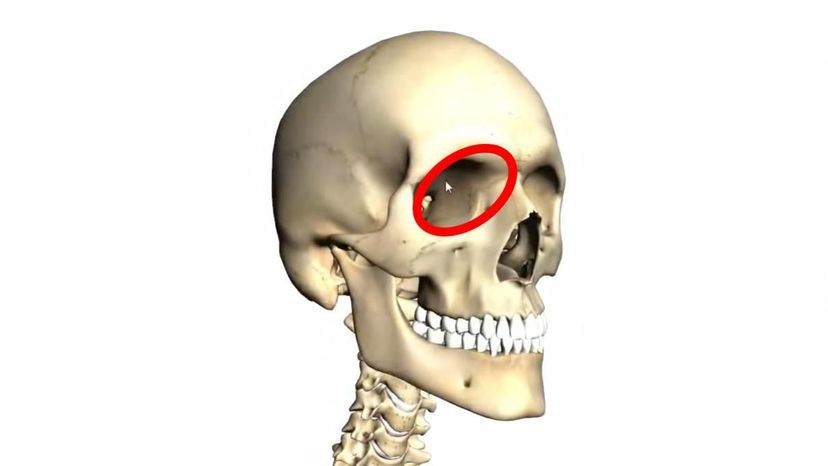
n/a
Which bone is shown here?
Scapula
Ethmoid bone
The ethmoid is another unpaired bone in the skull. What does it do? It helps keep the nasal cavity and brain separate.
Radius
intermediate phalanges
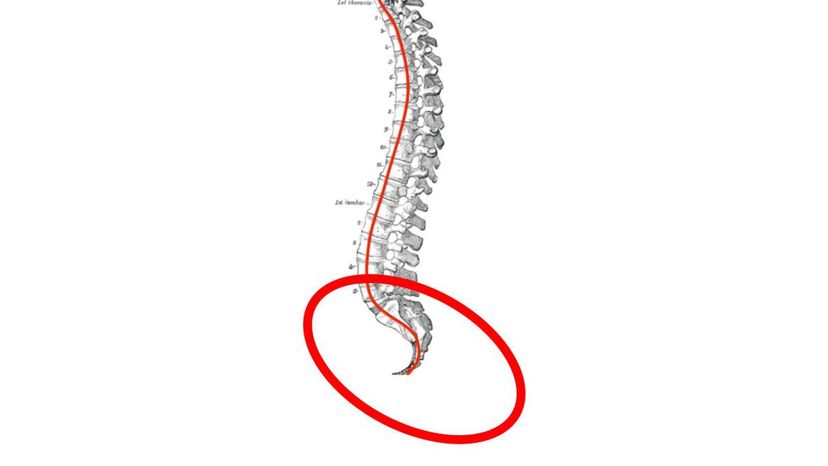
YouTube
Which bone is shown here?
Sacral vertebrae
Just like the lumbar vertebrae, there are five sacral vertebrae in the human body. They are located directly beneath the lumbar vertebrae and are also named by a number.
Capitate
Hamate
Frontal
Advertisement
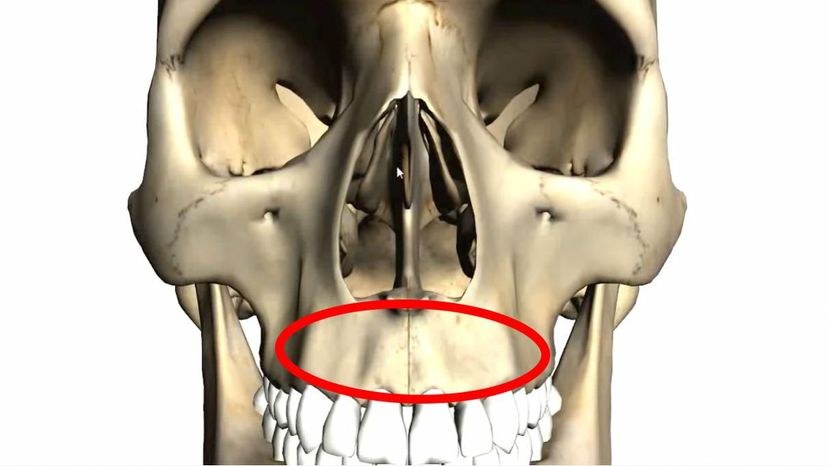
YouTube
Which bone is shown here?
Patella
Femur
Maxilla
The maxilla and mandible make up the human jaw bones. The maxilla bone also stretches to the nasal area, across the cheeks and below the eye sockets.
Trapezium
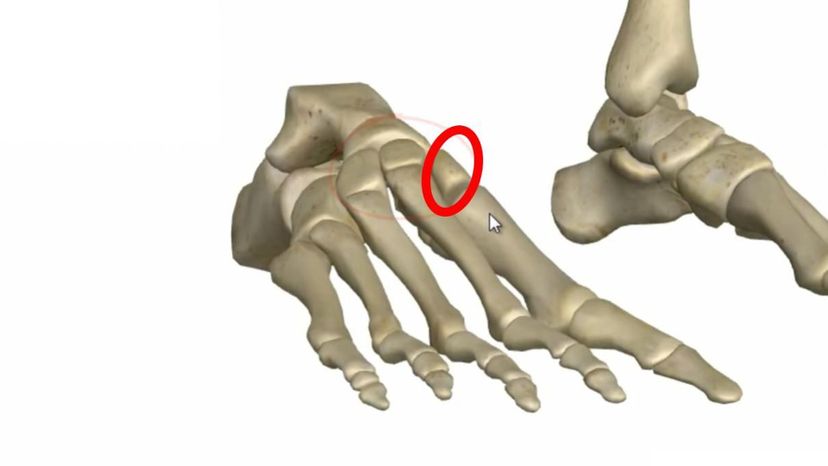
YouTube
Which bone is shown here?
Hip
Rib
Nasal
Medial cuneiform bone
This bone is in the foot and is connected to the metatarsal bone 1 by the tarsometatarsal joint. It is at the base of the big toe, and although there are other bones similar for the other toes, they have different names. The medial cuneiform specifically refers to metatarsal 1.
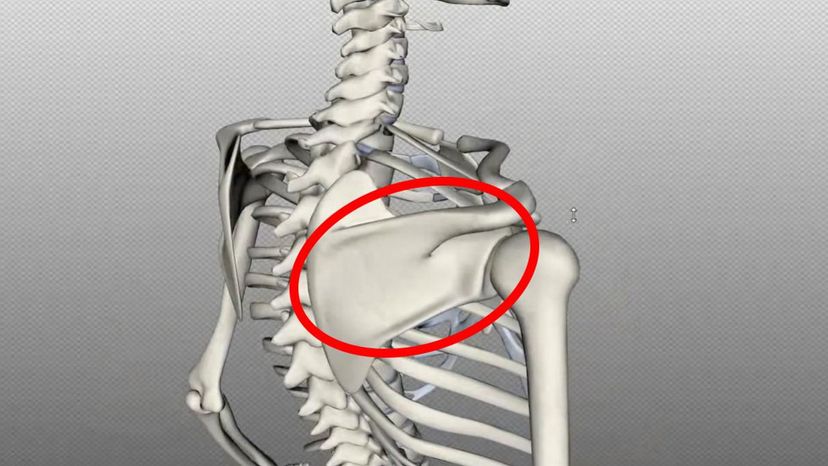
YouTube
Which bone is shown here?
Fibula
Scapula
The scapula, commonly known as the shoulder blade, is in between the humerus and clavicle. Although the scapula in animals is for a similar purpose as the one in humans, it can vary in shape depending on the animal.
Cuboid
Proximal Phalange
Advertisement
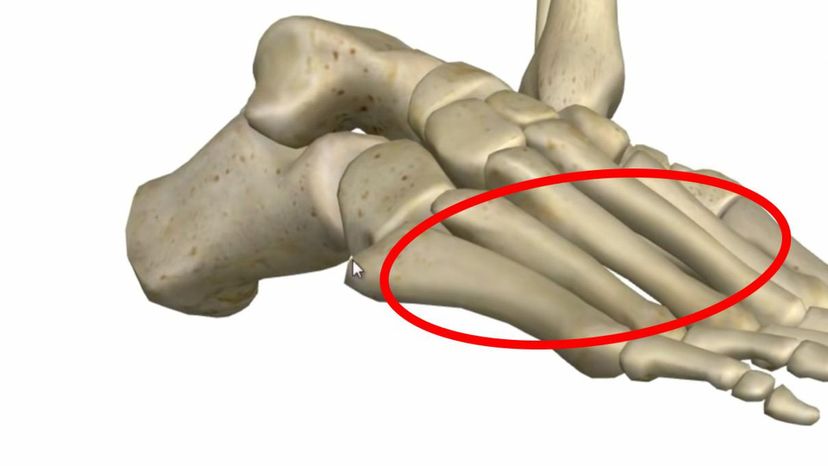
YouTube
Which bone is shown here?
Navicular
Metatarsal bone
The metatarsal bones are long bones that make up a good portion of your toes. When a person hurts his or her metatarsal 5, it is called a Jones fracture.
Frontal
Lacrimal

YouTube
Which bone is shown here?
Hip
Distal Phalange
Sternum
Palatine bone
Want to know where your palatine bone is? Touch your tongue to the roof of your mouth- towards the back by your throat. That's your palatine bone.
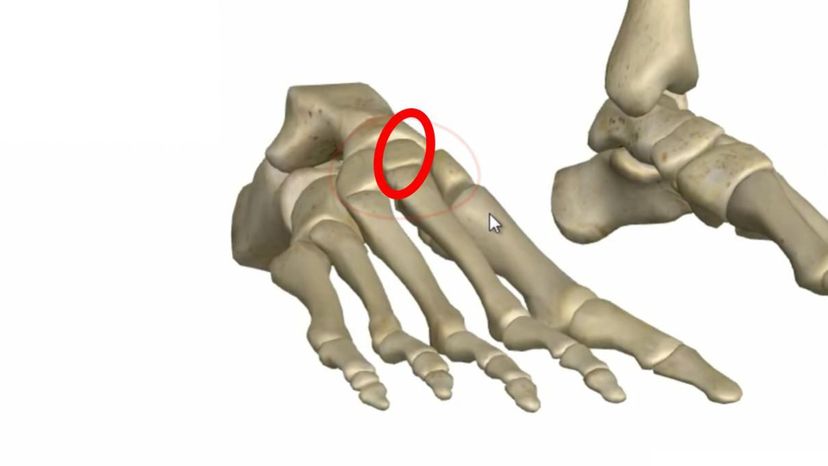
YouTube
Which bone is shown here?
Sternum
Intermediate cuneiform bone
Do you remember the medial cuneiform bone? The intermediate is similar, but located beneath your second toe (the one next to your big toe).
Hyoid
Femur
Advertisement
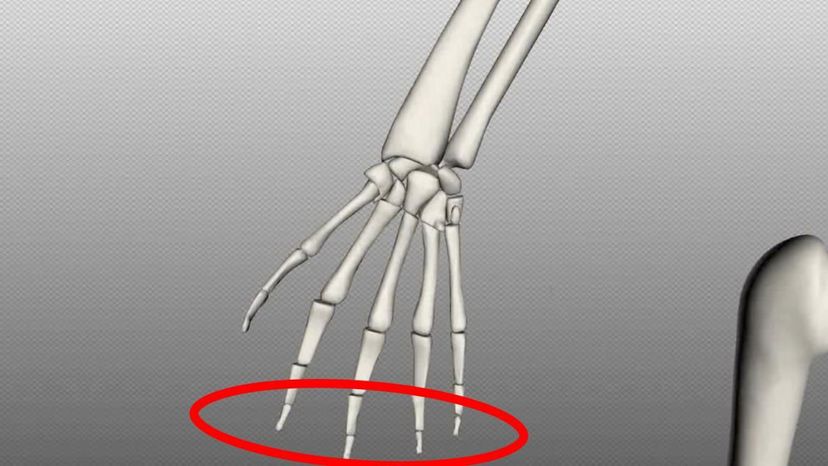
YouTube
Which bone is shown here?
Distal phalanges
Distal phalanges are the tip of your fingers in the skeletal system, and are connected to the intermediate phalanges. These bones are great for gripping onto objects and holding things.
Lunate
Rib
Occipital

YouTube
Which bone is shown here?
Navicular
Scaphoid bone
The scaphoid helps give the wrist movement and flexibility. The name comes from Greek words that mean 'boat' and 'kind.' Why is it named after a boat? Because of its shape.
Cuboid
Middle Cuneiform
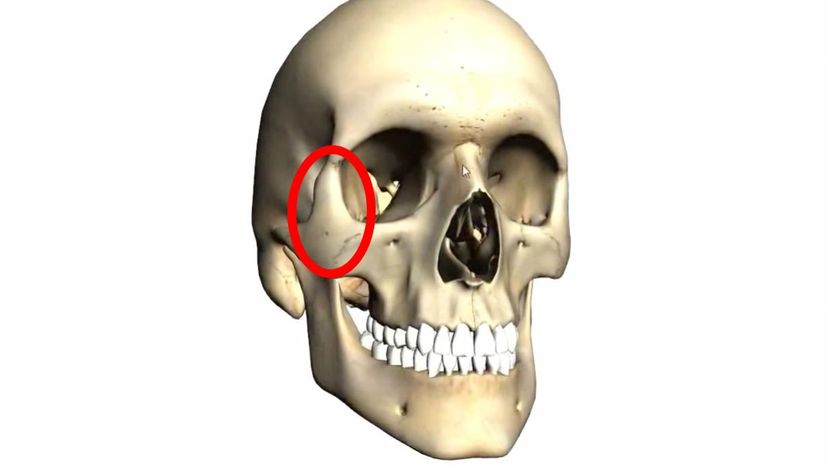
YouTube
Which bone is shown here?
Palatine
Malleus
Stapes
Zygomatic bone
The zygomatic bone connects to the frontal, maxilla, temporal and sphenoid bones. The arch in this bone allows for the muscle to be supported, which is what gives our jaws the ability to chomp on our food.
Advertisement
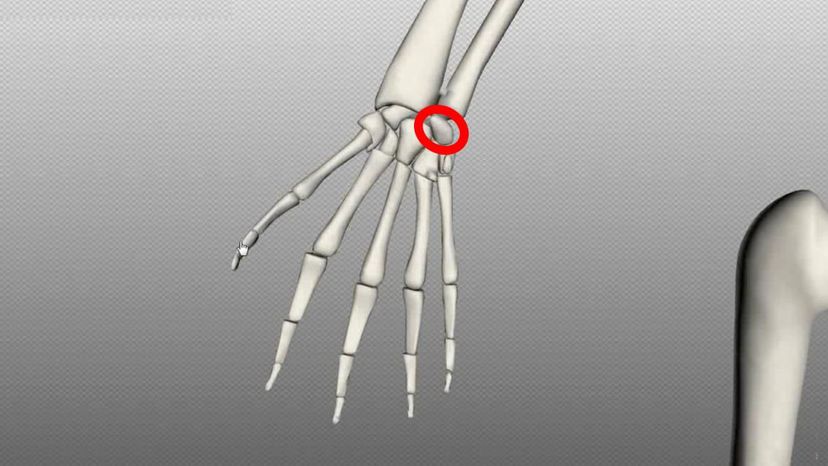
YouTube
Which bone is shown here?
Stapes
Malleus
Lunate bone
The lunate bone is one of the eight bones in the wrist. Did you know that bones can die? When this bone dies from lack of supply of blood, it is known as Kienbock's disease.
Frontal
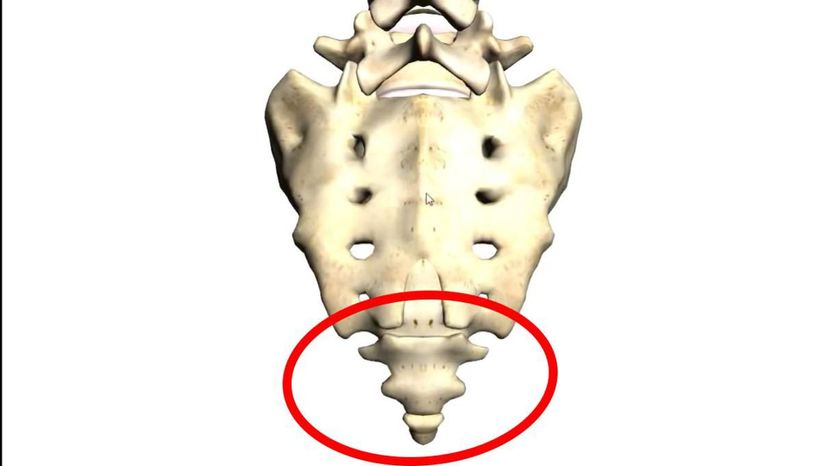
YouTube
Which bone is shown here?
Coccygeal vertebrae
Coccygeal vertebrae make up the coccyx, or tailbone. There are approximately three to five coccygeal vertebrae making up the tailbone.
Femur
Nasal
Proximal Phalange
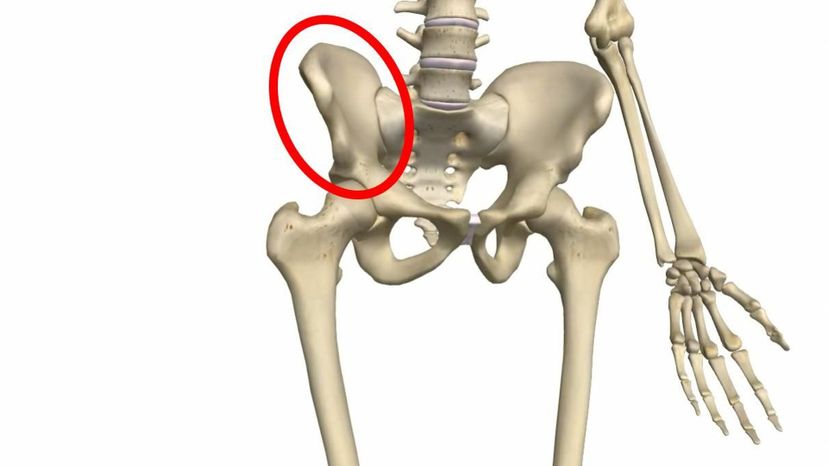
YouTube
Which bone is shown here?
Hamate
Hip bone
The hip bone is another one of the bones that fuses together after puberty (in humans). It is three separate bones prior to puberty.
Ulna
Incus
Advertisement
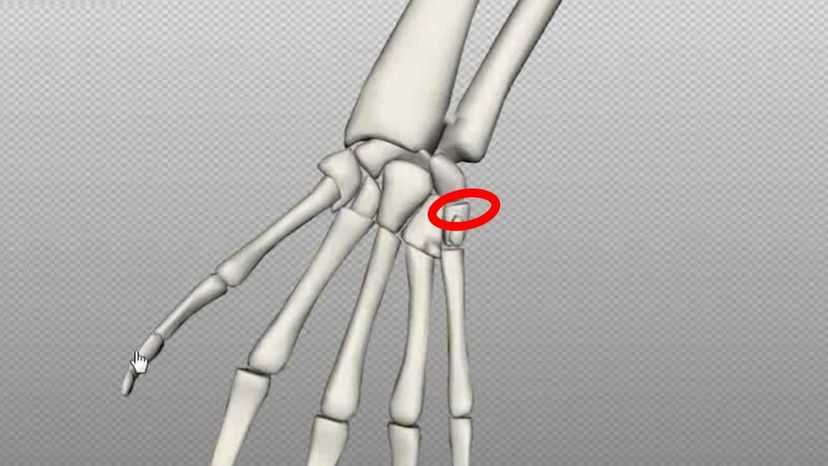
YouTube
Which bone is shown here?
Fibula
Incus
Triquetral bone
This bone is between the lunate and pisiform bones in the wrist. Luckily for this bone, it breaks and fractures less easily than other bones in the wrist.
Trapezium
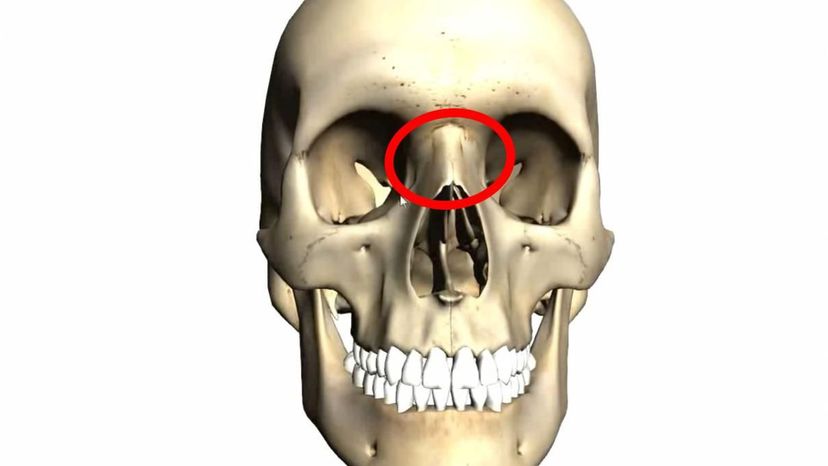
YouTube
Which bone is shown here?
Nasal bone
What gives us different nose shapes? The nasal bon. It can vary in shape and size in each person, and in comparison to other bones in the body, is small.
Thoracic vertebrae
Sacrum
Coccyx
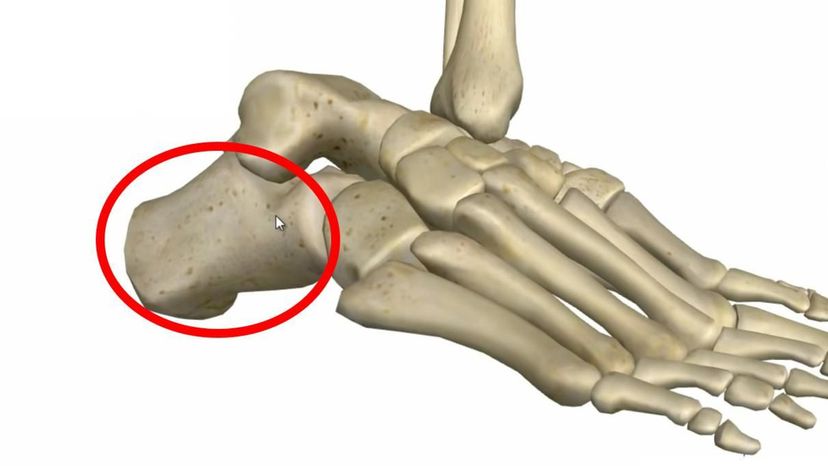
YouTube
Which bone is shown here?
Calcaneus
What is the largest bone in the foot? The calcaneus! It may seem strange that you can fracture or break this bone, but it is possible. For example, the calcaneus break could occur if you fall from a high place and land hard on your heel.
Ulna
Scaphoid
Rib
Advertisement
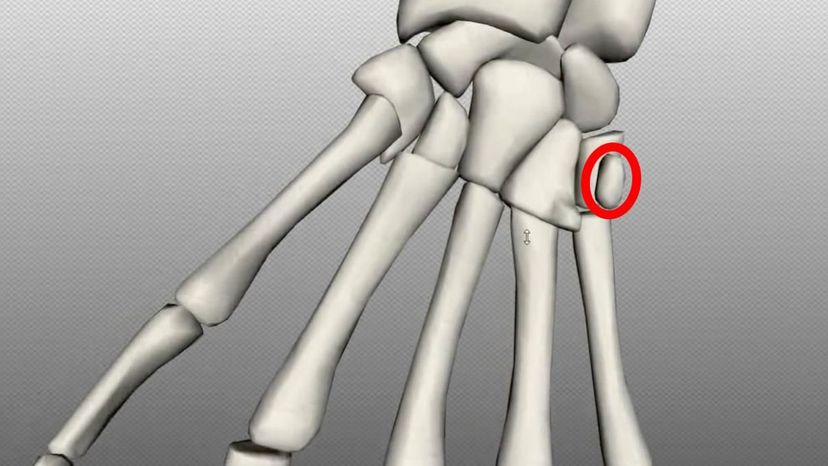
YouTube
Which bone is shown here?
Distal Phalange
Pisiform bone
This bone looks like a pea, and is in the wrist. It is a sesamoid bone, meaning it is rounded and implanted in a tendon. For example, the knee is a sesamoid bone.
Sphenoid
Hyoid
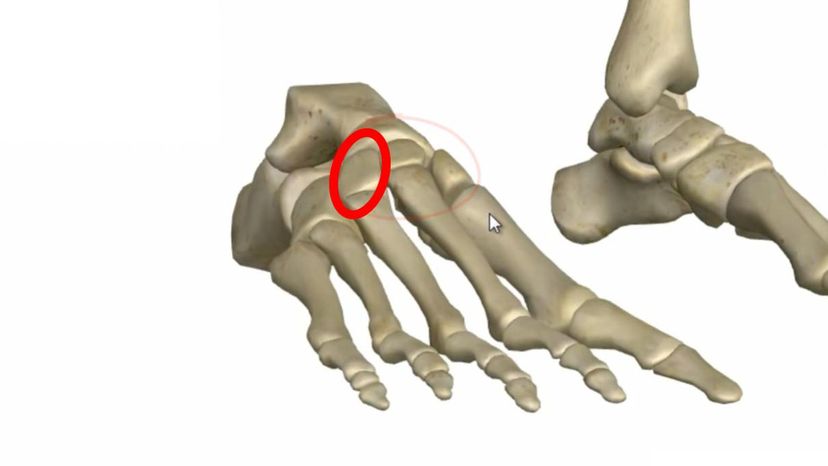
YouTube
Which bone is shown here?
Metatarsal
Hyoid
Ethmoid
Lateral cuneiform bone
Do you remember the medial and intermediate cuneiform bones? The lateral is similar, but at the base of the middle toe.
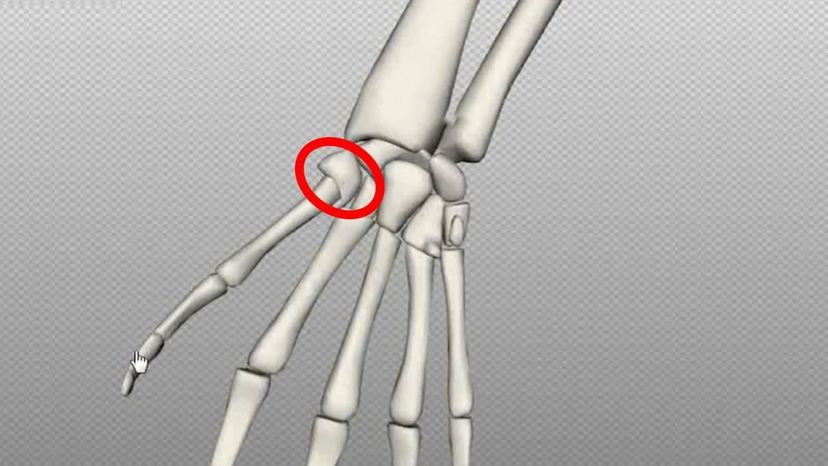
YouTube
Which bone is shown here?
Trapezium
The trapezium is located in the hand, near the base of the thumb. It is associated with arthritis of the hands and can be removed to relieve arthritis symptoms.
Sternum
Cervical Vertebrae
Nasal
Advertisement
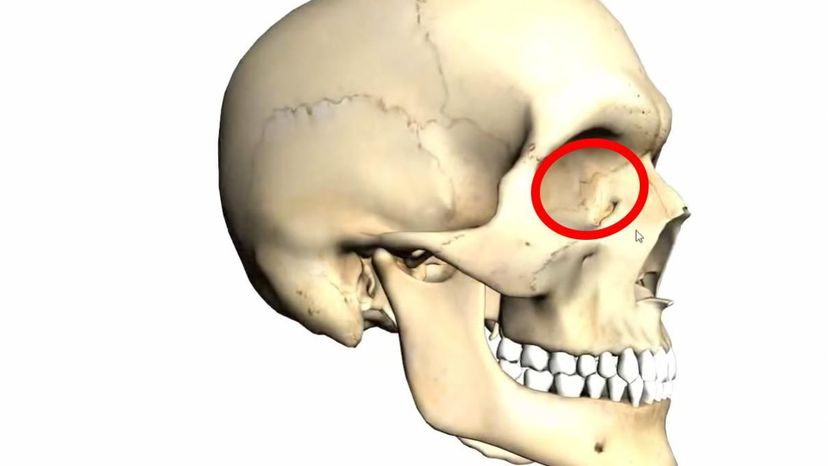
YouTube
Which bone is shown here?
Tibia
Lacrimal bone
The lacrimal is a tiny bone that is in the face, near the frontal bone. It shares surfaces with the nose and eye socket, and is only the size of a fingernail.
Femur
Patella
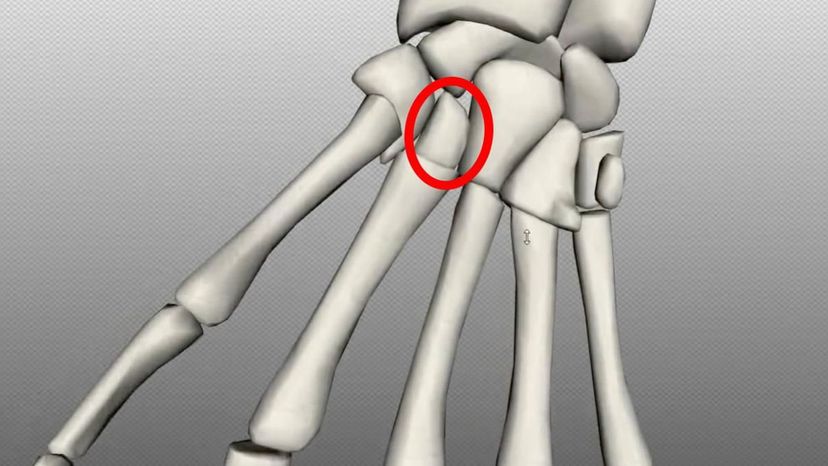
YouTube
Which bone is shown here?
Talus
Navicular
Lateral Cuneiform
Trapezoid bone
The trapezoid bone has four sides and is in the hand. It looks like a small boot in shape, and is a less common bone to fracture.
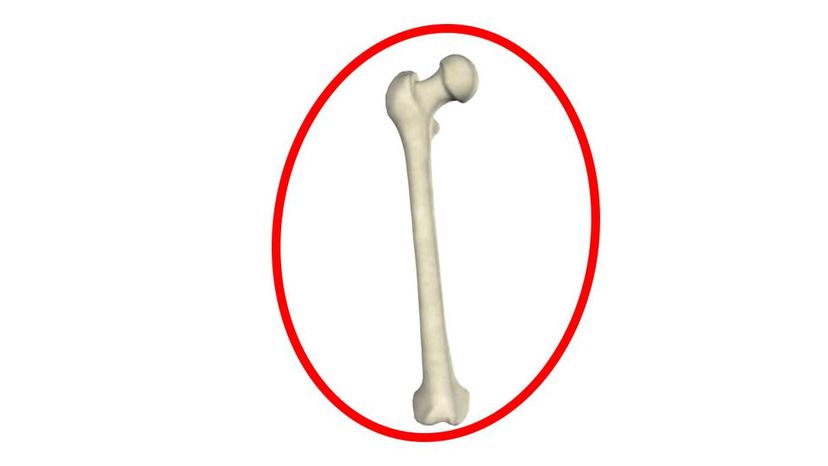
YouTube
Which bone is shown here?
Femur
The femur wins the award for being the heaviest and strongest bone in the human body. Why does it need to be so dense? It supports much of what we do - running, jumping, walking up stairs and more.
Ulna
Radius
Humerus
Advertisement
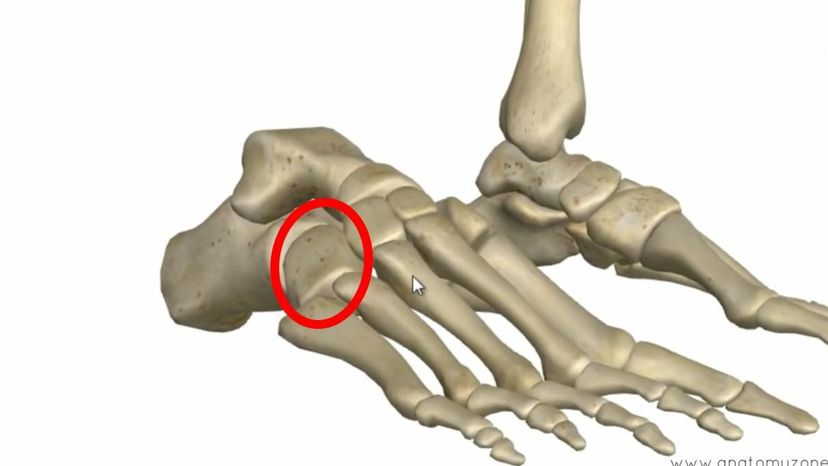
YouTube
Which bone is shown here?
Lacrimal
Cuboid bone
The cuboid is in between the heel and the toes. Cuboid syndrome happens when this bone partially dislocates, meaning it pops or pushes out of place. This can happen to athletes over a period of time, or in one single accident.
Temporal
Hip
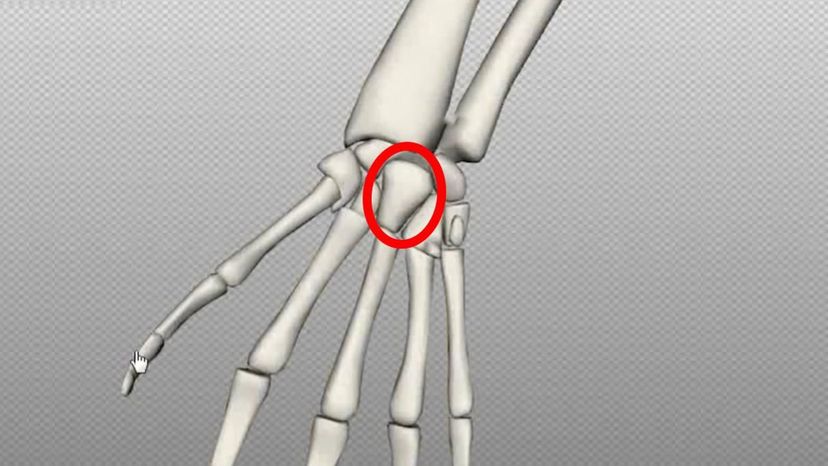
YouTube
Which bone is shown here?
Incus
Stapes
Cuboid
Capitate bone
Although many people call the capitate bone the wrist, there are actually more bones that make up the entire wrist. The capitate bone is in the center of the wrist.

YouTube
Which bone is shown here?
Pisiform
Hamate
Patella
Also known as the kneecap, the patella is a large sesamoid bone. If you don't remember from a previous question, a sesamoid bone is one that is implanted in a tendon and round in shape.
Tibia
Advertisement
You Got:
/49
Shutterstock
